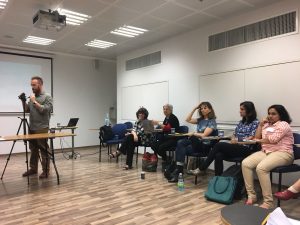Relationship Between the Ideal Woman Model, Self-figure Drawing, and Disordered Eating among Jewish Ultra-Orthodox Women and National Religious Women
Tlalit Dori Frenkel, Yael Latzer, and Rachel Lev-Wiesel
1 Faculty of Social Welfare and Health Sciences, Graduate School of Creative Arts Therapies, University of Haifa, Haifa, Israel
2 Faculty of Social Welfare and Health Sciences, University of Haifa, Director, Eating Disorders Institution, Psychiatric Division, Rambam
Medical Center, Haifa, Israel
3 The Emili Sagol CAT Research Center, Graduate School of Creative Arts Therapies, University of Haifa, Haifa, Israel
Abstract
Background:
We investigated the correlation between eating-related pathology and the Superwoman ideal among ultra-Orthodox (Haredi) and National-Religious women in Israel using self-figure drawings and related narratives.
Method:
A sample of 55 women filled out self-report eating attitudes questionnaire (EAT-26), the Superwoman Ideal questionnaire, and a self-drawing followed by a narrative.
Results:
No significant difference in eating pathology was found between the ultra-Orthodox and National-Religious women. A gap was found between the self-drawings and the narratives, which was greater among the ultra-Orthodox women. Exposed body parts were
more significant than sexual signs, which are almost completely covered in these societies.
Conclusion: There was no significant difference in the eating disorders’ level among ultra-Orthodox and National-Religious women. The percentage of risk of developing eating problems was similar to that of the secular population. The self-drawings with narratives was found to be an effective tool for researching these societies.


